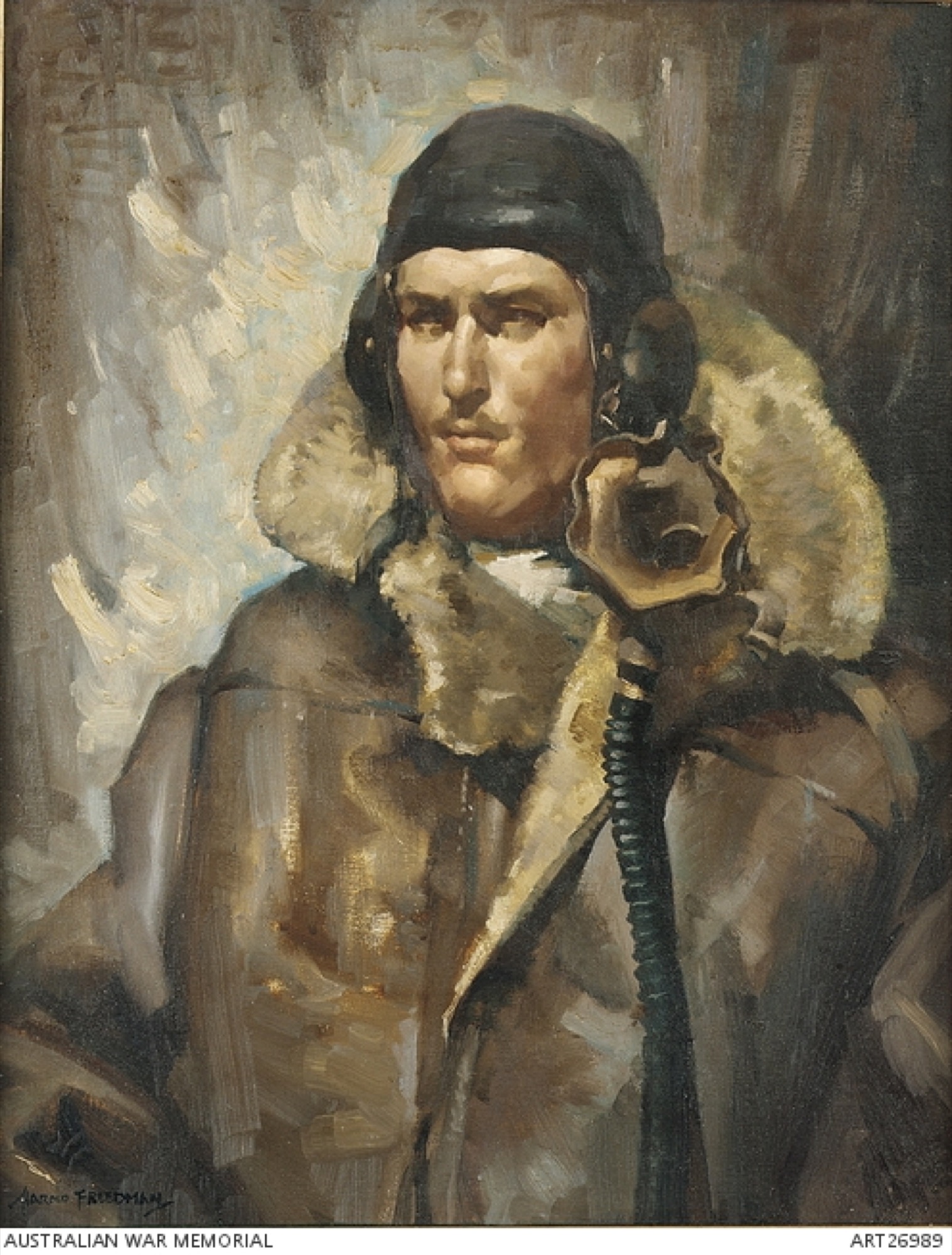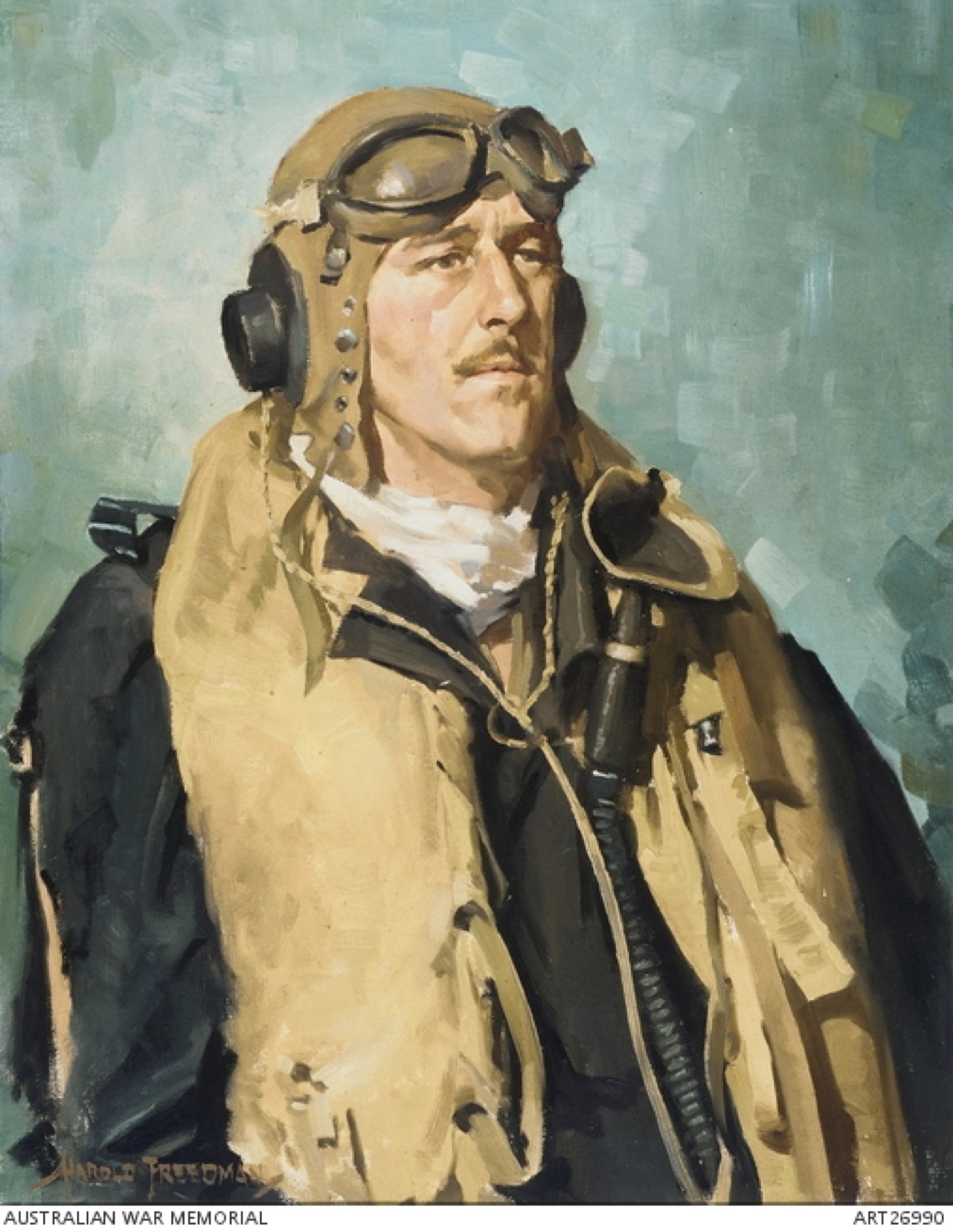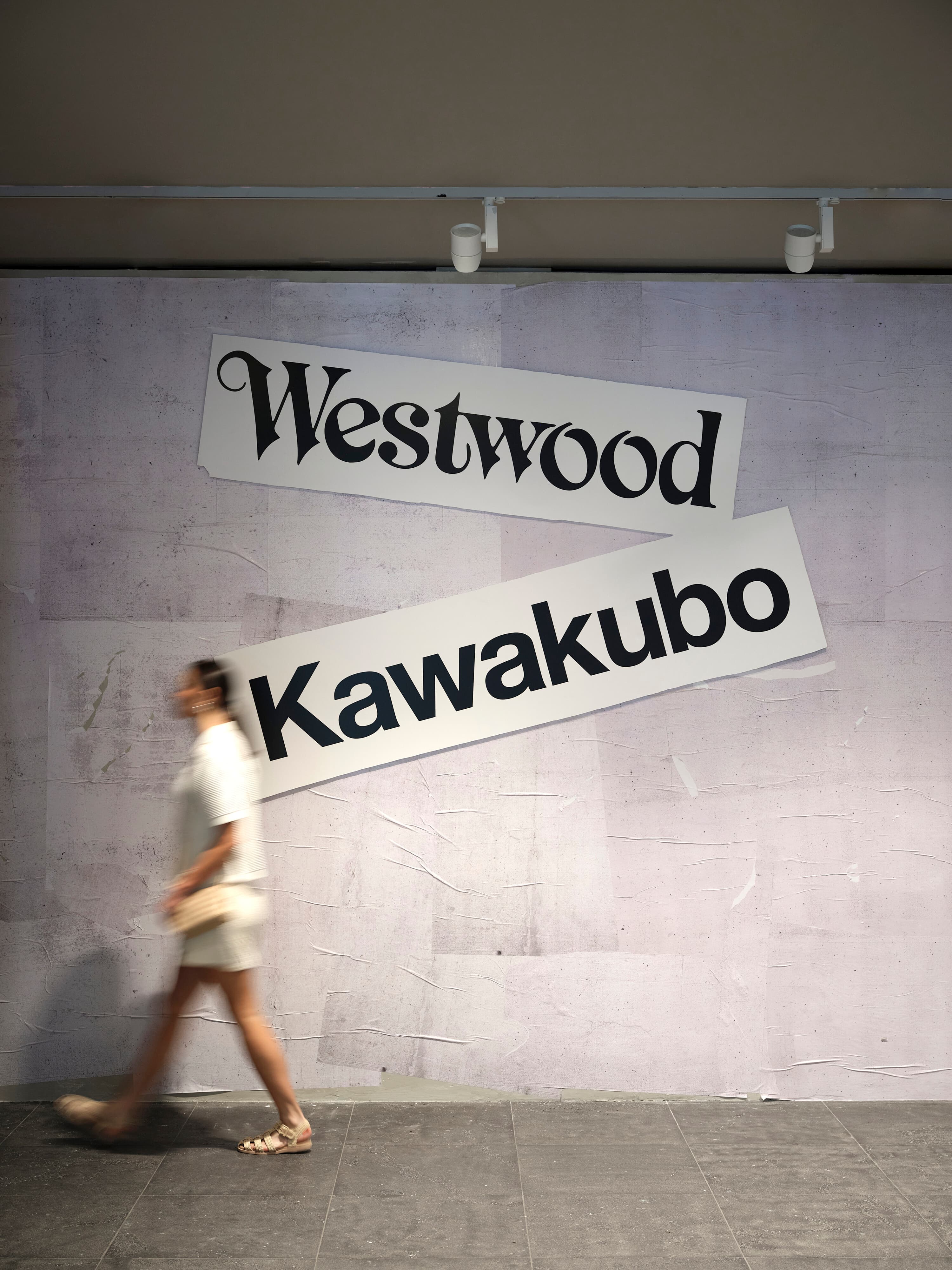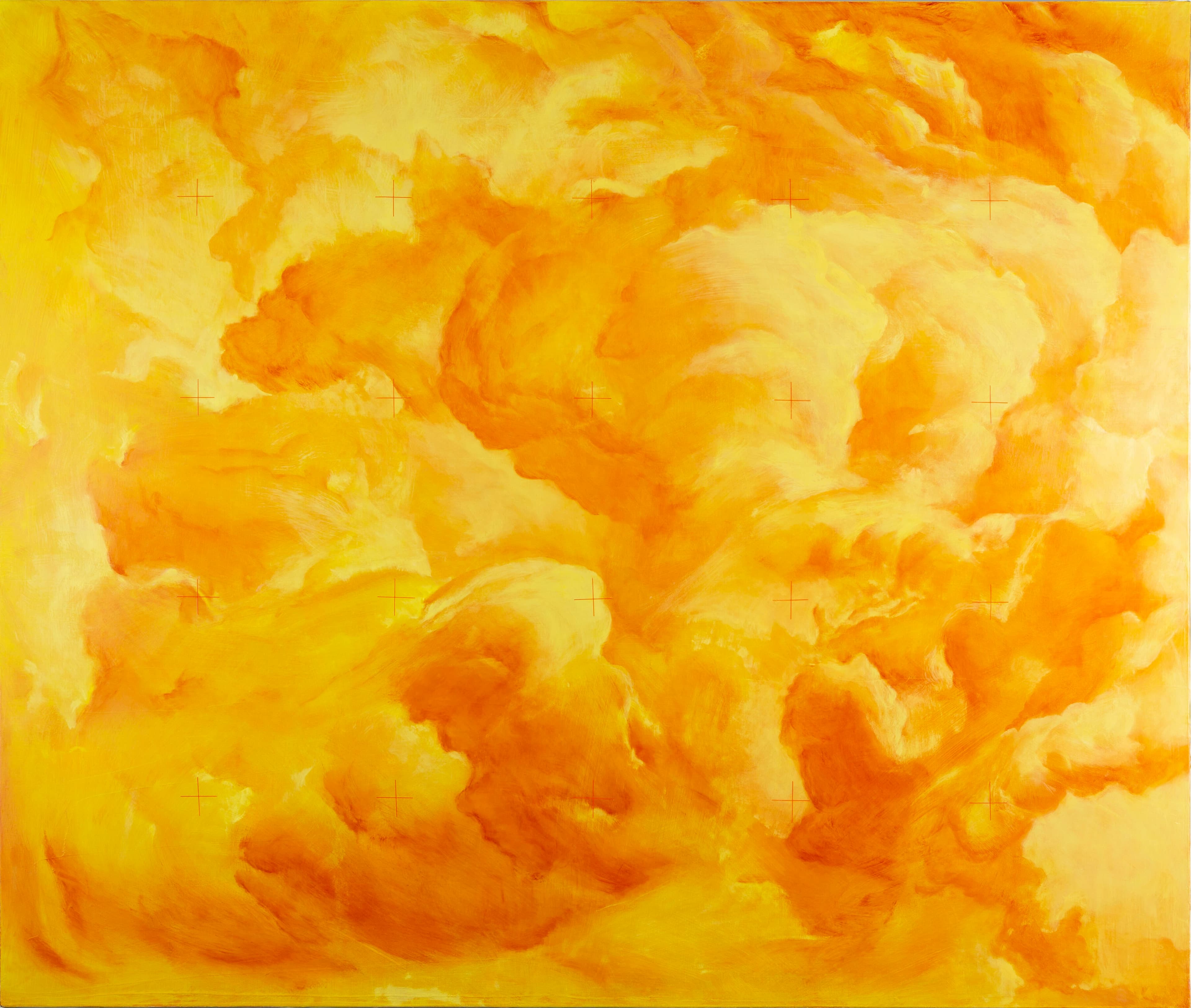Harold Freedman: Artist for the People
Victoria Perin
The Harold Freedman exhibition, on display at the Art Gallery of Ballarat until the end of this month, is sub-headed ‘Artist for the people’. In order to entice people deep into the pokey rear galleries where the show is hung, it would seem that a degree of assuagement is required. Trust me people, promises the curator, this is an artist for you!
Curated by Julie McLaren, Freedman’s designation as a people’s artist is explained by his democratic teaching style, his well-known murals, and his service as an Official War Artist in World War II. If official offices are a sign of success (if not popularity), Freedman has another bizarre notch in his belt as the only person to ever serve as Victoria’s ‘State Artist’.
If you need a clearer description of how Freedman became a “peoples’ artist” in pre-WWII Melbourne, the large catalogue written by Gavin Fry, David Freedman (the artist’s son) and David Jack (the artist’s assistant, son of artist Kenneth Jack) provides a delicious comparison: “While some of his contemporaries, notably Sidney Nolan and Albert Tucker, were also grafting away in commercial studios, Freedman enjoyed the challenge and made it central to his work, rather than seeing it as some irksome task”. Freedman, unlike some people, worked as a jobbing artist and didn’t complain. Perhaps in a contrast to an “artists’ artist”, a peoples’ artist works: they aren’t restless or vainglorious, and they make art to entertain and to decorate the lives of other working people.

Before visiting the exhibition, I was interested in Harold Freedman’s role as a printmaking facilitator in the 1950s. As the Drawing and Design Instructor at the Royal Melbourne Technical College (now RMIT), Freedman devised a working group for artists interested in becoming printmakers. He arranged after-hours classes and “acquired” supplies for everyone to use for free, such as lithography stones, metal plates and ink. The imaginatively named ‘Melbourne Print Group’ would form a foundational base for printmaking in the city’s art schools and technical colleges for the oncoming decades. If the Melbourne printmaking boom has a father, it is Tate Adams, inaugural head of the RMIT Print Department, but its grandfather is probably Freedman.

When I walked into the exhibition I was surprised to find several paintings I knew intimately. Coincidently, here were paintings I had probably looked at longer than I’ve looked at any other art works in my life. I spent four years working casually at the Australian War Memorial in Canberra as an invigilator (although we did not use that term and called it, rather suggestively, ‘working the floor’). Freedman was an Official War Artist attached to the RAAF in WWII, and his work is well represented in the galleries I sat. When no one needed directions I sat staring at pictures, too bored to care who painted them.
Overall, Official War Artists are a mixed bag. The War Memorial typically uses art for illustrative rather than artistic purposes. Despite being sometimes confused for Official War Artists, Sidney Nolan and Albert Tucker’s war art is Unofficial (even though the latter served in the Army drawing patients at the Heidelberg Military Hospital). Nolan applied to be an official war artist, but was rejected, then infamously went AWOL during service. Not coincidentally, my colleagues at the War Memorial all universally hated Nolan’s work when it was occasionally featured.

Freedman’s official portraits maintain the general perception of glamour surrounding the WWII air force. His portraits are gestural and moody, such as the best-known Wing Commander Clive Caldwall, DSO, DFC & Bar (1944). Freedman practised the tonal realism that Max Meldrum helped make fashionable in Melbourne during his formative years. His military sitters invariably exhibit a furrowed and intelligent seriousness. Like Ivor Hele, his colleague in the Army, Freedman was an exceptional flatterer of male faces. Absent from the exhibition, although in the catalogue, is Freedman portrait of a favourite Victoria Cross recipient, Pilot Officer Rawdon Middleton. After his cock-pit was fired upon over Italy, Middleton flew his damaged bomber over the Channel so that his crew could safely bail out close to the English shore. Middleton was grievously injured – his eye was hanging from its socket, his jaw was shattered – and the journey back to England took four agonising hours. As the plane could not land, once everyone else evacuated the pilot crashed it into the sea. The posthumous portrait is appropriately ghostly, painted from a second-hand sketch it is hazy and undefined. Yet again it features that intelligent, handsome stare. The face Freedman gave his decorated sitters was always intensely dignified, but he always gave them the same face.

After the war, Freedman was commissioned to create what became a popular series of eight lithographic posters portraying the war ‘service’ of Victoria railway workers (whose profession was protected so they were barred from active duty). Freedman, the Australian surrealist Eric Thake and Max Newton were all appointed to document the RAAF due to a perceived imbalance in the wartime representation (the Army was seen to dominate the Official Art assignments). Here again Freedman is given the task of venerating a group who felt unseen and unappreciated by the public. Again he dutifully portrays these men (and one woman) as noble and dignified. More interesting, perhaps, is Freedman’s loose and gestural lithographic technique, each image comprised of layers and layers of colour, a skill acquired working in advertising as an illustrator and cartoonist at Melbourne’s daily newspapers and popular magazines. Gestural lithography will often have the appearance of a crayon drawing, revealing the process of drawing on the lithographic stone. Yet Freedman’s sophisticated lithographs look painted, and were probably created by drawing with crayons and brushing tusche on zinc. This technical dexterity would have been uncommon outside of the advertising industry in the late forties.

After the war, Freedman settled into work as an instructor at the Technical College, fulfilling print commissions on the side. He has a period of extremely bold, colour-blocked posters; the fake-tan orange used for the face of newly coroneted Queen Elizabeth is unforgettable. It is around then, in 1951, that Freedman gets the idea to begin a workshop for printmaking, established at the College, but open for artists at other institutions, notably the National Gallery School. Harry Rosengrave, who would go on to be an inventive printmaker, remembered that Freedman invited to a meeting “all artists known to him whom were not printmakers… To an attendance of approx. forty he outlined his reasons stating that he wishes to form a group willing to learn the techniques of print making.” Rosengrave, Fred Williams, Charles Blackman Tate Adams, Barbara Brash, Ian Armstrong, Kenneth Jack, and Leonard French ware all enthusiastic participants in this group, and began exhibiting together in 1954. Freedman’s most appealing commercial prints all date from this period.

After a decade of communal activity that can largely be traced to this cohort, RMIT established a dedicated print department in 1960, which Tate Adams headed, and printmaking attracted an even larger circle of talented young artists. Students from the painting and sculpture departments were wooed into print. A generational divide quickly appeared. In the sixties, Freedman’s commercial work begins to leech colour and starts appearing quaint. The last third of the exhibition is devoted to Freedman’s mural career, beginning in the late sixties, which is without exception sentimental and awkward. His murals, both mosaicked and painted, were once liberally spread around Melbourne, and are represented in the exhibition by studies, photographs and a video of the artist working. The Cavalcade of transport mural (1973-7) was removed from Spencer Street Station, in the development of Southern Cross Station, and only remains on display thanks to the bargaining of the CFMEU. Compromised, it is now above shop-fronts in the DFO. The exhibition emphasises that these (once) prominent works are the basis for presenting Freedman as the peoples’ artist.

Yet the exhibition sub-heading is not wrong: Freedman was a conformist artist who earned a public profile in his day. But in a fascinating and practical way, he was also an artist for artists. He used his privileged status as an institutionally recognised figure to share his considerable printmaking skills, genuinely changing the landscape of Australian art though his own initiative. He saw his skills as useful and he valued his work as a draughtsman, quickly making it his living. This exhibition isn’t dazzling; the great variety in Freedman’s civic/commercial career is unbalanced, and too much space is commanded by the looming mural studies. But it does go some way in telling the important story of this likable figure and his likable art.
Victoria Perin is commencing her PhD at the University of Melbourne. Her research concerns printmaking in Melbourne during the 1960s, 70s and 80s. In 2013, she was the Gordon Darling Intern in the Australian Prints and Drawings Department at the National Gallery of Australia.


